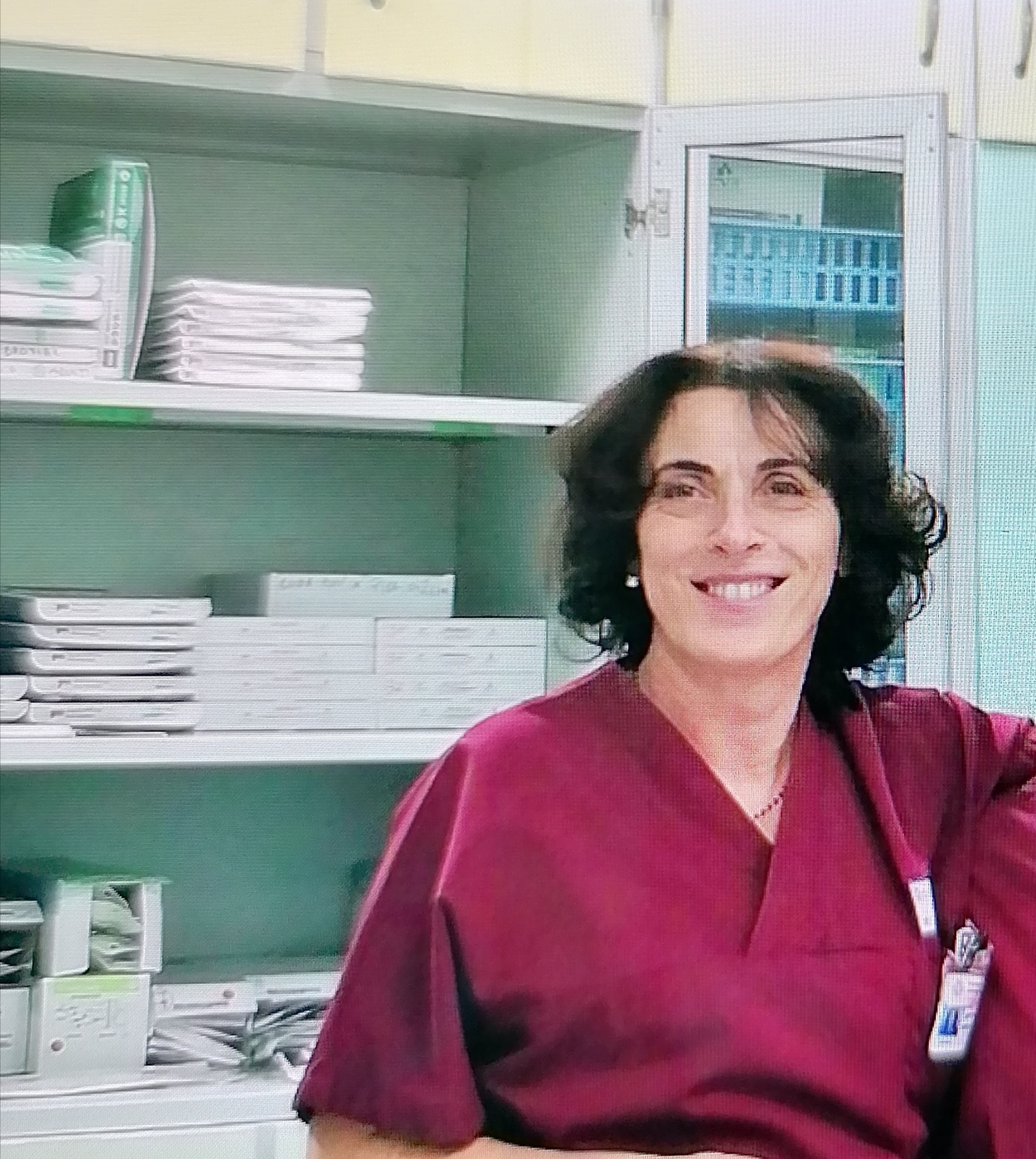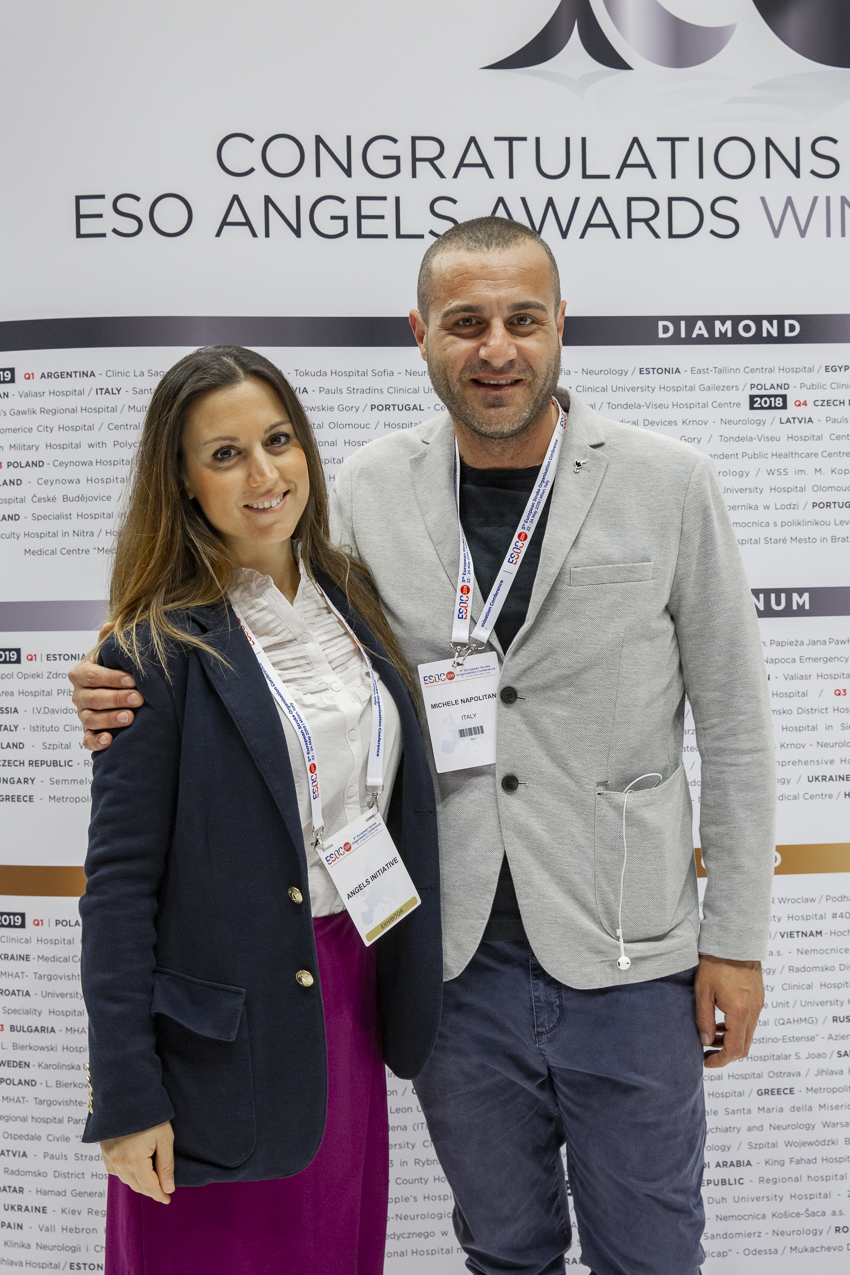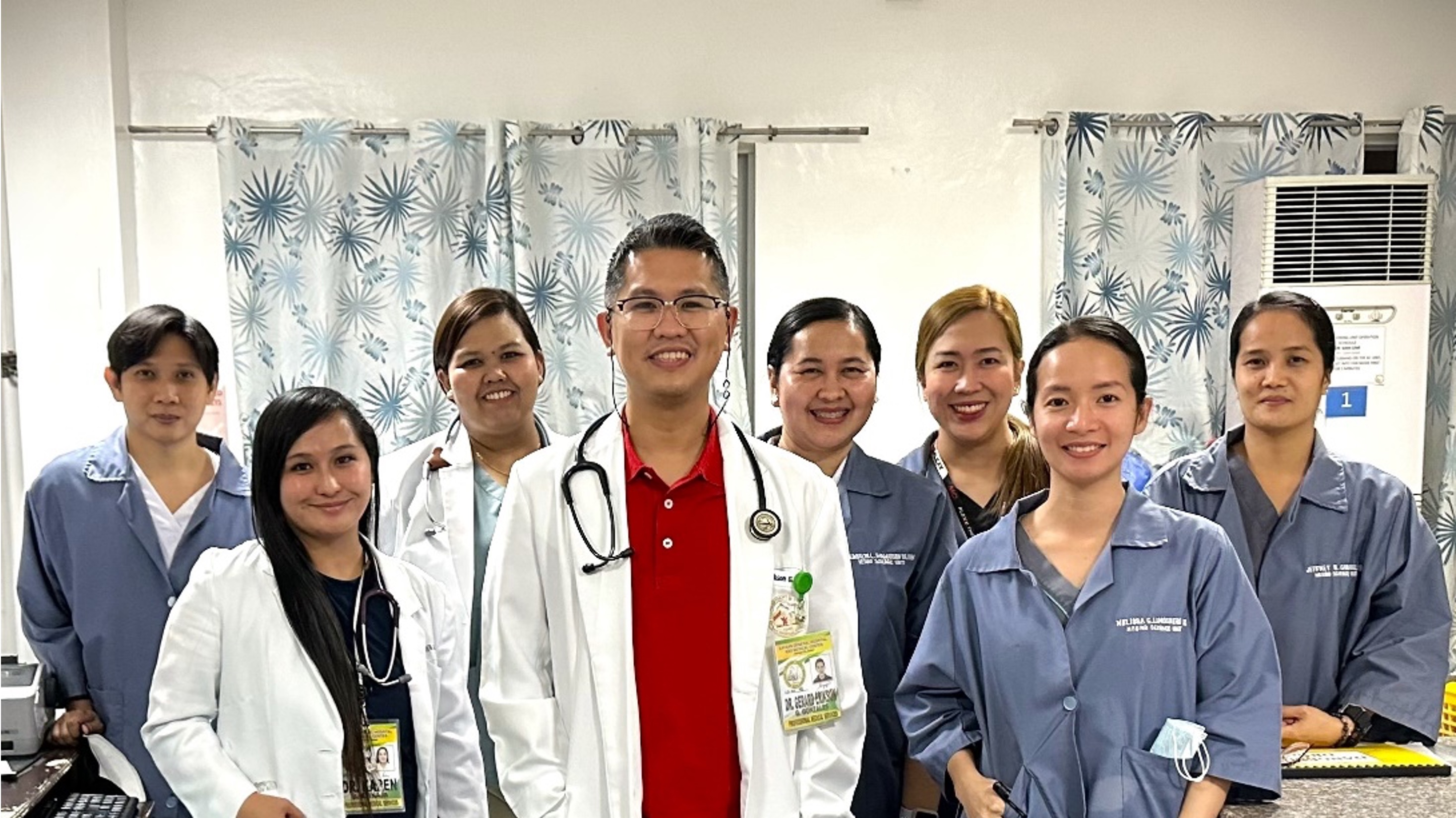Команда Angels в Італії дозволяє привернути увагу до сестринська справа догляду в апартаментах ангіо, ключовій ролі, яка вимагає високого рівня організаційних навичок, навичок спілкування та вирішення проблем.

Оскільки все більше лікарень по всьому світу починають лікувати ішемічний інсульт за допомогою механічної тромбектомії, попит на спеціалізовану сестринська справа допомогу до, під час та після процедури зростає. Хоча типовий пацієнт із інсультом буде проводити обмежений час у догляді за радіологічною Медична сестра/медичний брат, цей інтервал триває щохвилини, і коли планування, пильність та післяопераційний моніторинг відіграють ключову роль у мінімізації ускладнень та покращенні результатів лікування пацієнт.
Безпека пацієнтів та координаційний робочий процес для запобігання затримки лікування є головними обов'язками Медична сестра/медичний брат в ангіографічному комплексі, наборі завдань, який вимагає знань та навичок з ряду інших спеціальностей для сестринська справа догляду. Вона повинна мати навички координації роботи Медична сестра/медичний брат відділення невідкладної допомоги, досвід позиціонування пацієнт та комфорт Медична сестра/медичний брат операційної зали, а також здатність Медична сестра/медичний брат у відділенні інтенсивної терапії керувати складним доглядом.
Нещодавно Американська кардіологічна асоціація разом з Американською асоціацією інсульту призначила групу для оновлення клінічних практичних рекомендацій щодо гострий інсульт сестринська справа з рекомендаціями щодо догляду в ендоваскулярній області. Медсестри відігравали вирішальну роль у догляді за пацієнтами з гострим ішемічний інсульт, але в березні 2021 року група написала: «Норси передбачають потреби пацієнт, визнають потенційні ускладнення процедури та підтримують безпеку пацієнт. Під час процедури МТ інтервенційна Медична сестра/медичний брат відіграє ключову роль в оцінці профілактики, ранньої ідентифікації та моніторингу ознак відхилення; застосуванні процедурних препаратів; процедурній документації; а також передпроцедурному/післяпроцедурному спілкуванні з відділами невідкладний стан, організаціями, що здійснюють передачу, та персоналом ВІТ».
Припущення, що чудові розуми думають однаково, лише за місяць до порядку денного дня Angels медсестринського догляду в Італії включала презентацію з сестринського сестринська справа в ангіографічній кімнаті доктора Маноли Маффея, координатора з сестринська справа з Сієни. Понад 400 медсестер взяли участь у вебінарі, який проводився у партнерстві з Національною асоціацією неврологів Італії ANIN під час першого національного заходу в Італії, який повністю присвячений медсестрам. Активні учасники та доповідачі-ентузіасти забезпечили свій успіх, консультанти Stefania Fiorillo, Elisa Salvati та Alessia Santori, і участь досягла максимуму під час презентації доктора Маффея.
Роль сестринська справа — це нехтована тема на конференціях з питань механічної тромбектомії, де зазвичай домінує порядок денний лікарями та інтервенційними спеціалістами, — говорить команда. Однак розуміння ролі сестринська справа в кабінеті для ангіографії важливе не лише для лікарень, які вже мають протокол механічної тромбектомії, але й для тих, хто хоче провести тромбектомію, оскільки це спеціальне поле, яке потребує унікального набору навичок. Знання ендоваскулярного лікування інсульт також актуальне для медсестер у інсультне відділення, оскільки розріз, зроблений в ангіоапартаменті, піклується про подальший шлях.
Доктор Маффей, досвід якого був розроблений у професійному партнерстві з інтервенційним нейрорадіологом Сандра Бракко з Університету Азіенда Оспедалієра Сенез (AOUS), представив блок-схему, яка включала часові рамки для кожної частини шляху та детально описувала обов'язки Медична сестра/медичний брат ангіо-медсестри на етапі до процедури, під час і після процедури, і все це з метою створення співчутливого, підтримуючого середовища, орієнтованого на пацієнт, де не втрачається хвилина.
AOUS також була тренувальним майданчиком для Мішель Наполітано, яка зараз є Медична сестра/медичний брат радіологічної лікарні San Giuseppe Moscati в південному італійському місті Авелліно. Мішель здобув кваліфікацію в області неврологіясестринська справа працює з пацієнтами з дегенеративними неврологічними захворюваннями, такими як розсіяний склероз, хвороба Паркінсона та ALS. Коли в лікарні Сієни було засновано інтервенційне нейрорадіологічне відділення та інсультне відділення, він побачив можливість поєднати свої знання про реабілітація з потребами пацієнтів із інсульт. Він приєднався до того, що він описує як «фантастична група сестринська справа догляду, яка лікували багатьох пацієнтів по всьому Тоскані».
Під час постійного навчання Мішель занурився в інтервенційне лікування інсульт. Переїзд до Авелліно побачив, як він був призначений до операційної кімнати у відділенні судинної хірургії, де Медична сестра/медичний брат у вигляді інсультне відділення мала перетворитися на хірургічного інструменталіста, але це призвело до його повернення до кабінету для ангіографії та можливості вплинути на інсультний догляд. За підтримки Angels лікарі та медсестри лікарні San Giuseppe Moscati впровадили інтервенційну нейрорентгенологію для інсульт з ентузіазмом і пристрастю, — каже Мішель.
Медсестра з Медична сестра/медичний брат повинна підготувати пацієнт та місце для процедури, підтримати анестетика, розташувати пацієнт, стежити за його станом, постійно спілкуватися з усією командою та в деяких випадках виступати в ролі другого оператора. Найголовніше, — говорить Мішель, — це роль Медична сестра/медичний брат кімнати для ангіографії зрозуміти та діяти щодо важливості передбачення будь-якого потенційного побічне явище, яке може виникнути, тим самим експоненціально знижуючи ризик помилки.
Проте сестринська справа допомога не починається і не закінчується в кімнаті з ангіо, на думку Мішель.

«Необхідно підтримати пацієнт в сукупності свого психофізичного стану. Якщо ви цього не зробите, ви просто лаборант і не професійна Медична сестра/медичний брат», — каже Мішель, яка також вітає можливості працювати з Ініціатива Angels для стандартизації та оптимізації інтервенційних нейрорадіологічних протоколів у своєму регіоні.
Він цінує можливість поділитися своїми знаннями та досвідом з медсестрами тільки починається в інсульт апаратах або в кімнаті для ангіографії, але справжнє задоволення походить з результатів після лікування, незалежно від того, чи вони позитивні чи негативні, — це те, як Мішель пояснює свою відданість навчанню. «Перша винагорода та заохочення вас знати, що ви врятували життя або покращили якість життя пацієнт. Останнє дозволяє вам рости та забезпечувати, щоб наступне лікування було кращим, ніж останнє».




